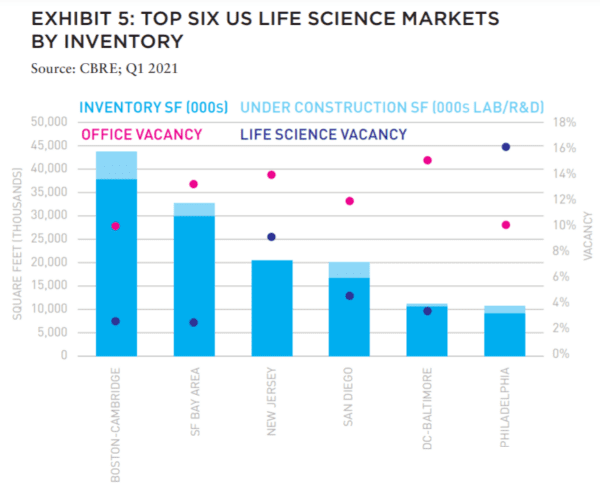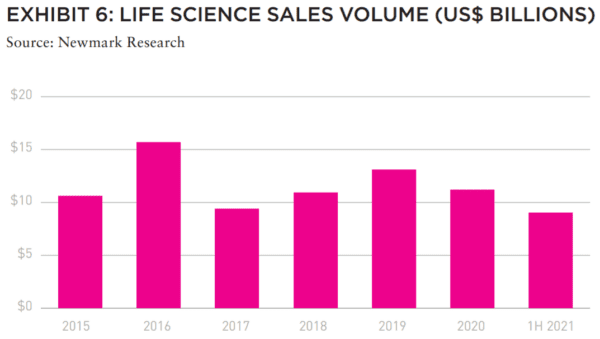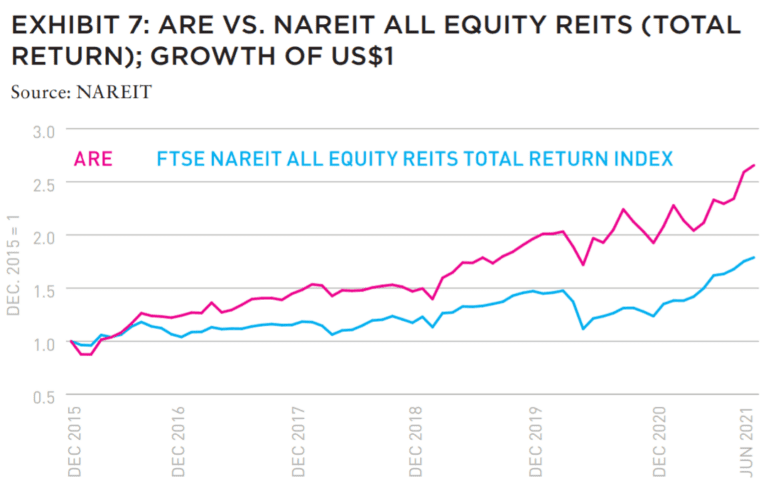Originally published via AFIRE
Life sciences real estate has been a “hot” property type for the past decade—and even more since the pandemic. Will all the capital targeting the space be placed where it needs to go?
Life sciences real estate (LSRE) has been a “hot” property type for the past decade or so, and interest has accelerated with the advent of the COVID-19 pandemic. The sector benefits from strong demand drivers with limited new supply (compared to demand), although new developers and investors are entering the space. Returns have been strong and capital is likely to flow to life sciences real estate for the foreseeable future.
At the same time, the sector is relatively small and concentrated in just a few markets. In this article, we examine the main attributes of success in LSRE—and explore whether all of the capital targeting the space will successfully find a home.
Strong demand drivers
LSRE demand comes from companies involved in providing products and services for the healthcare sector. In particular, life sciences companies are focused on the development and commercialization of new drugs and medical devices
The sector benefits from advances in (and the convergence of) technology and medicine, changes in the delivery of healthcare—including highly targeted therapies—and an aging population that requires additional healthcare services. Significant capital sources, including the National Institute of Health (NIH), venture capital, and corporate funding, support the industry’s high R&D costs.
Advances in technology have accelerated the pace of change in biological research, leading to more companies with greater research funding. Emblematic of this rapid change is that the cost of DNA sequencing is decreasing at a rate faster than Moore’s Law.1 For example, it cost US$3 billion to map the first human genome in 2003. By 2019, it was less than US$1,000—and within a decade or less, the cost could be less than US$100. The result is an acceleration in the growth of emerging platform technologies, such as messenger RNA (mRNA), which was used to develop the Moderna and Pfizer/BioNTech COVID-19 vaccines. That is just one of the many advances that will likely spur new investments and drive demand for additional life sciences space.


















